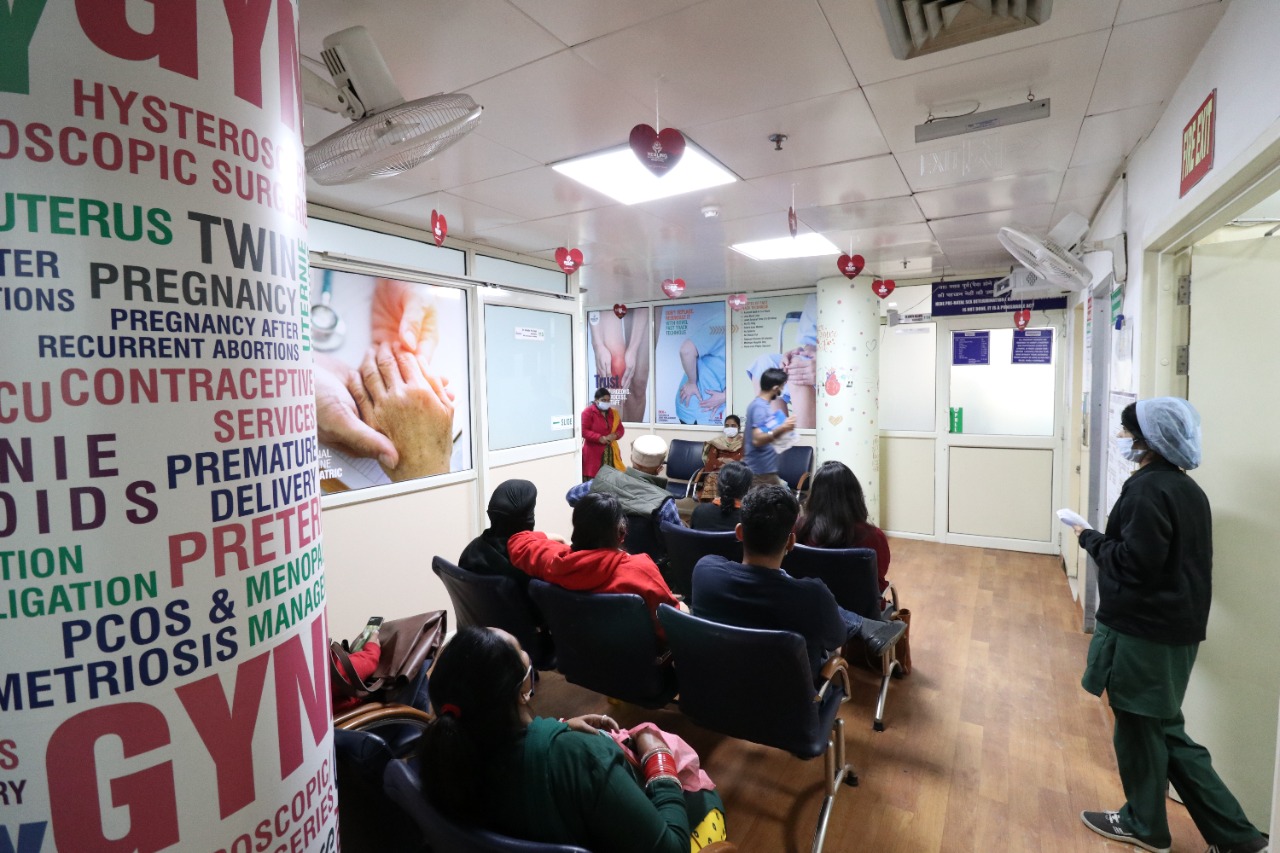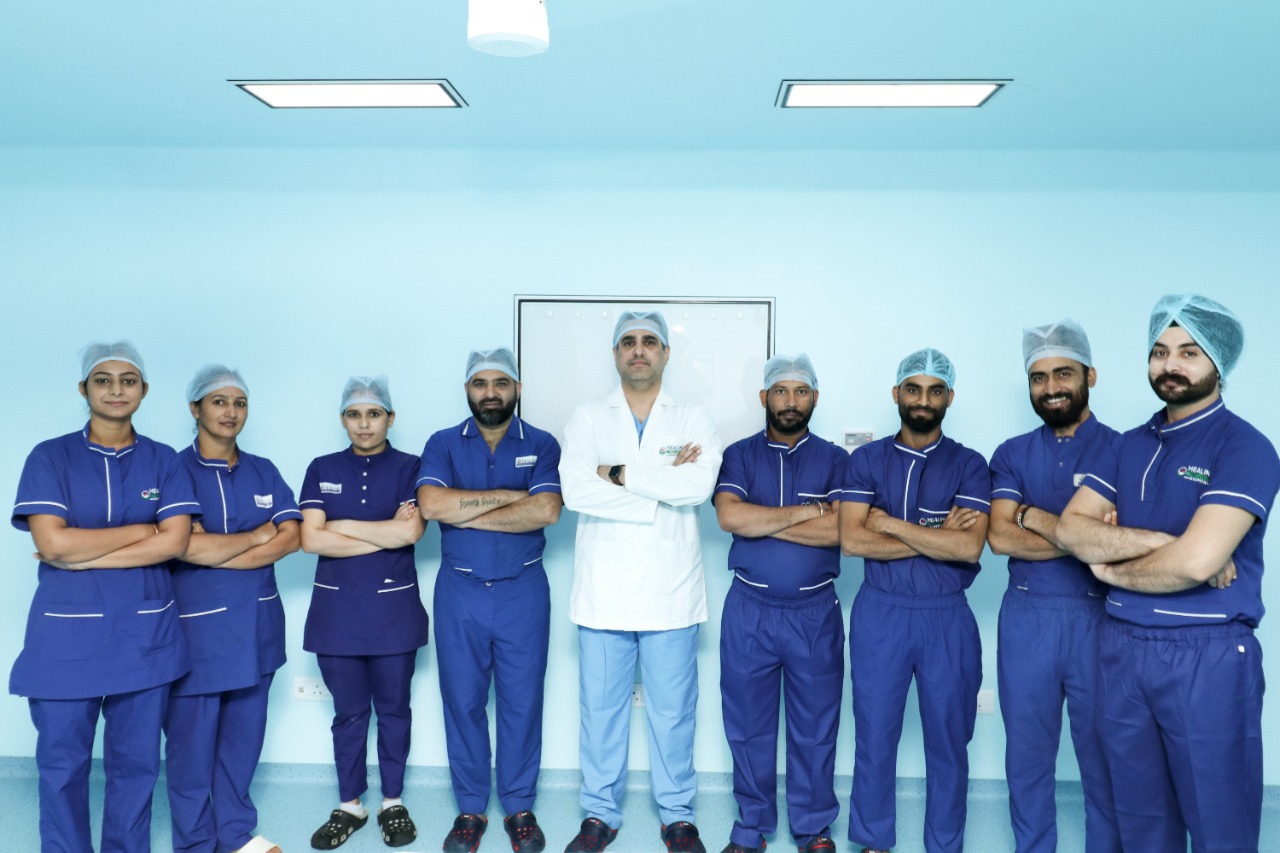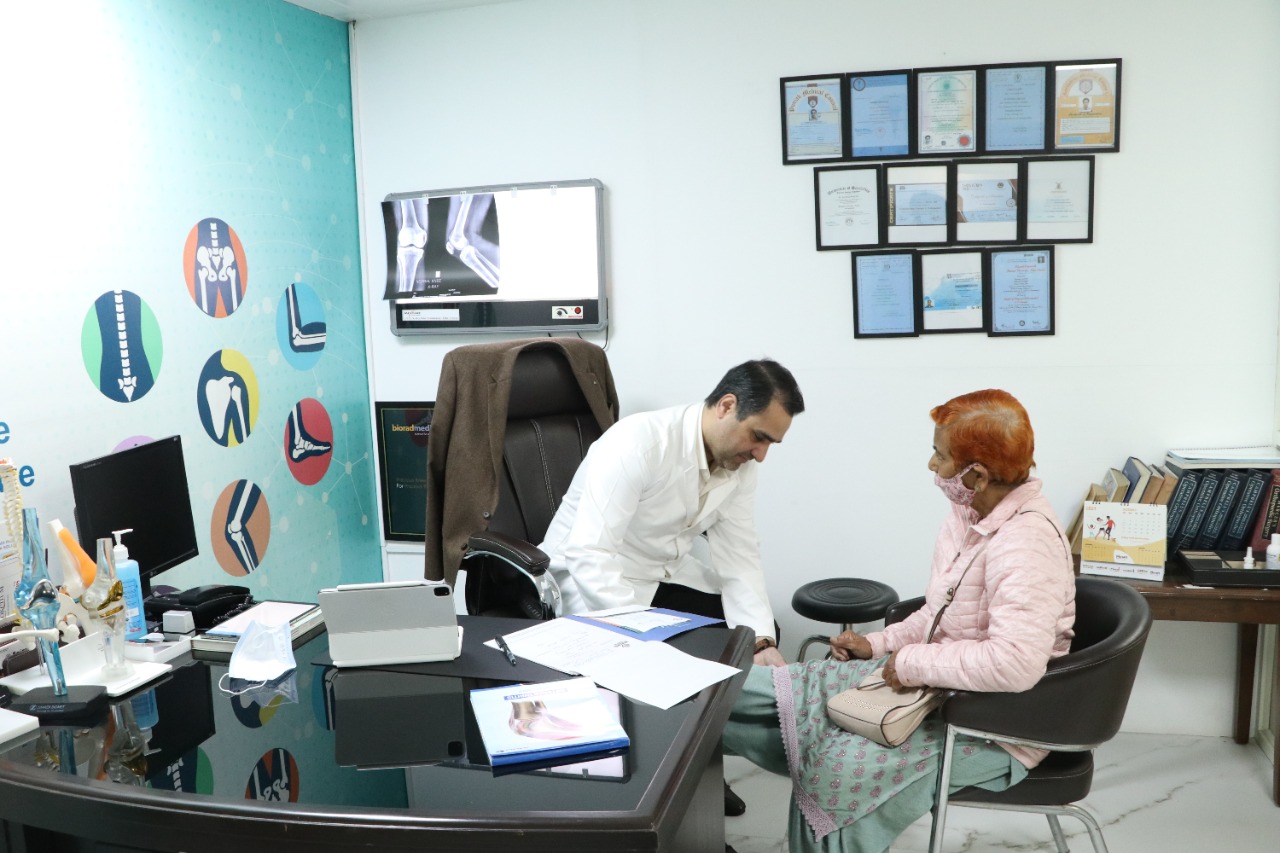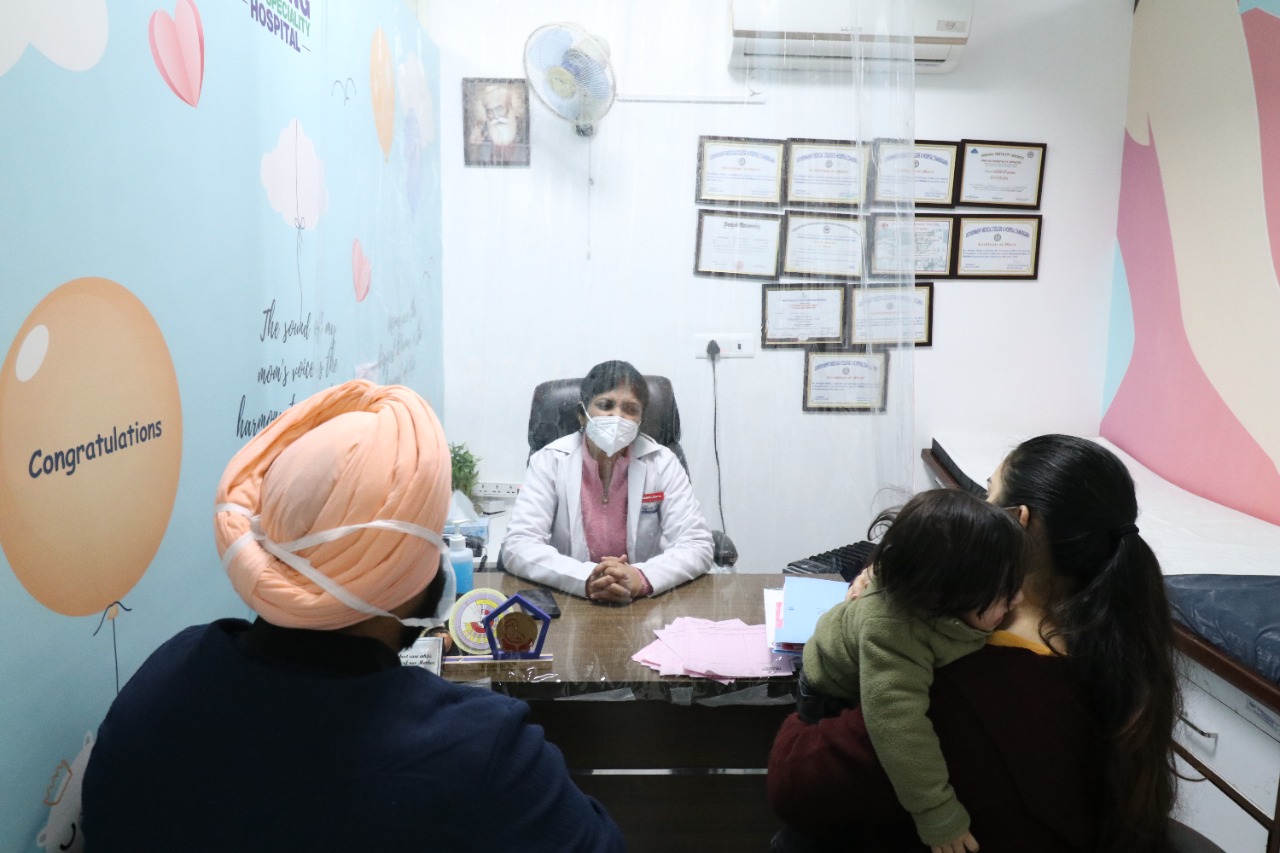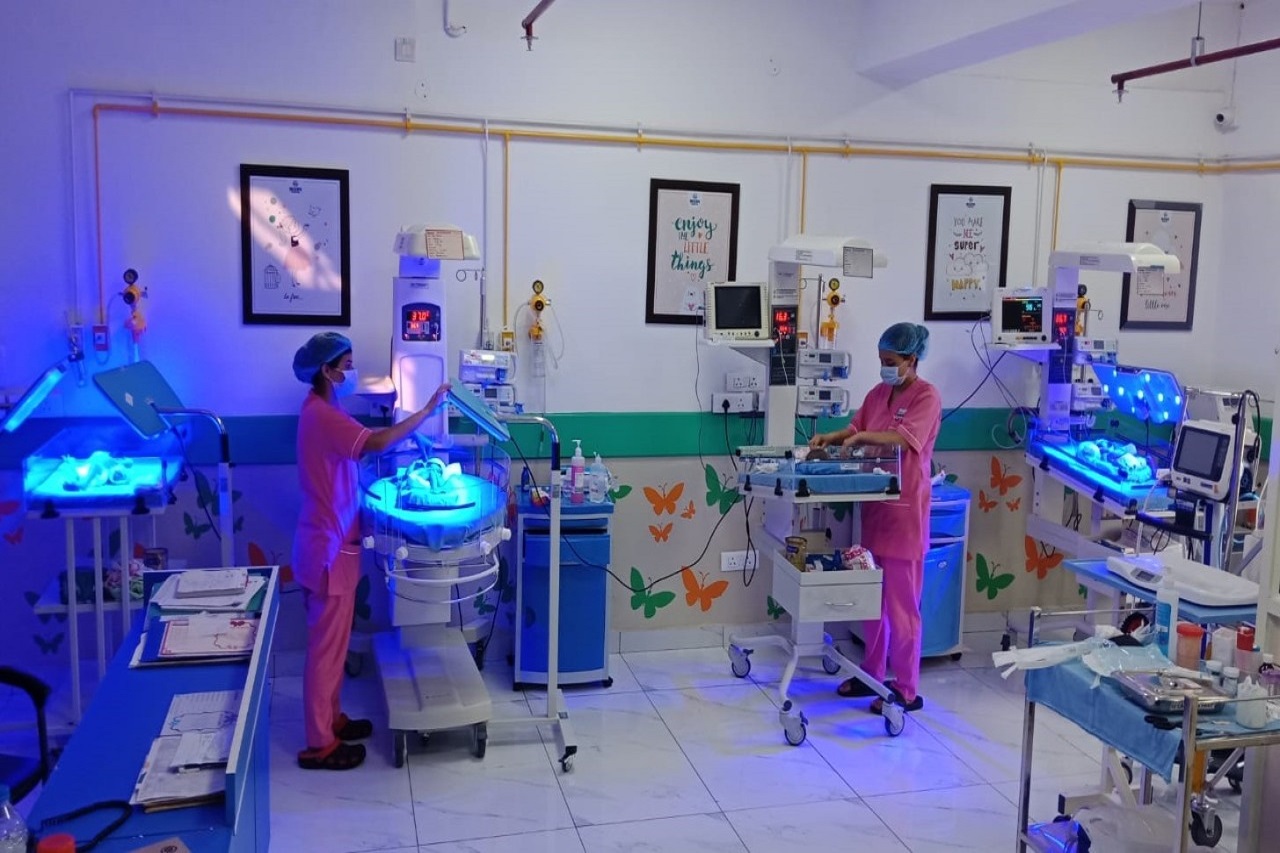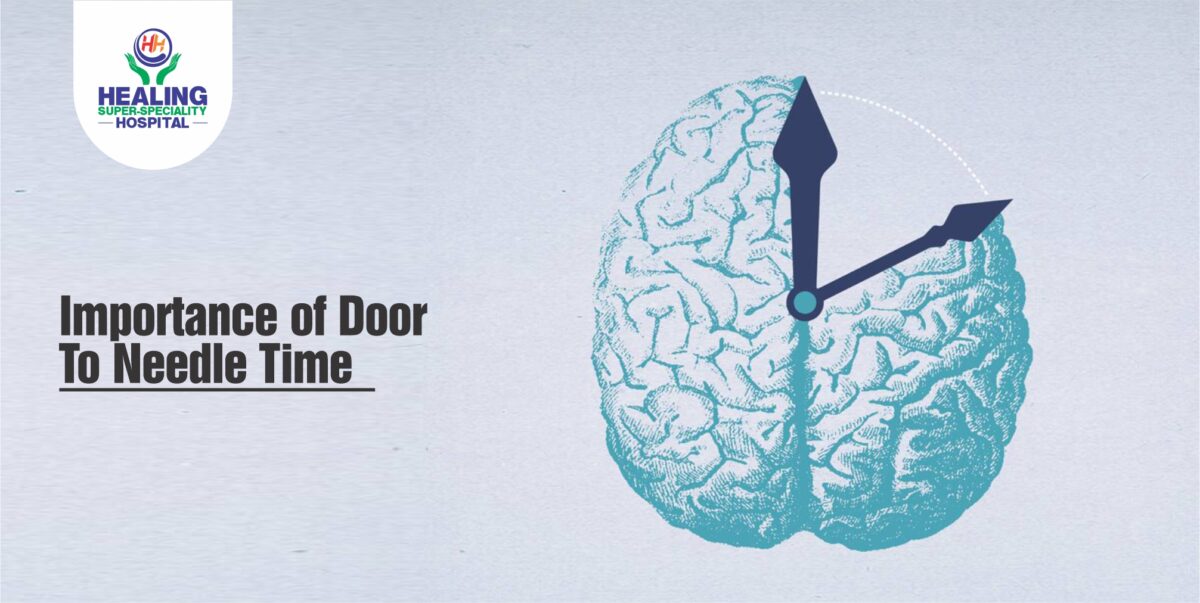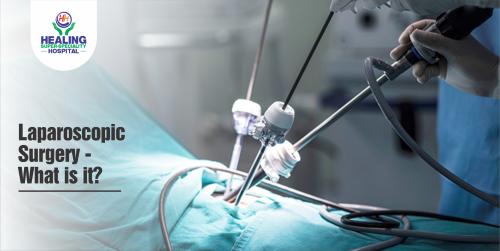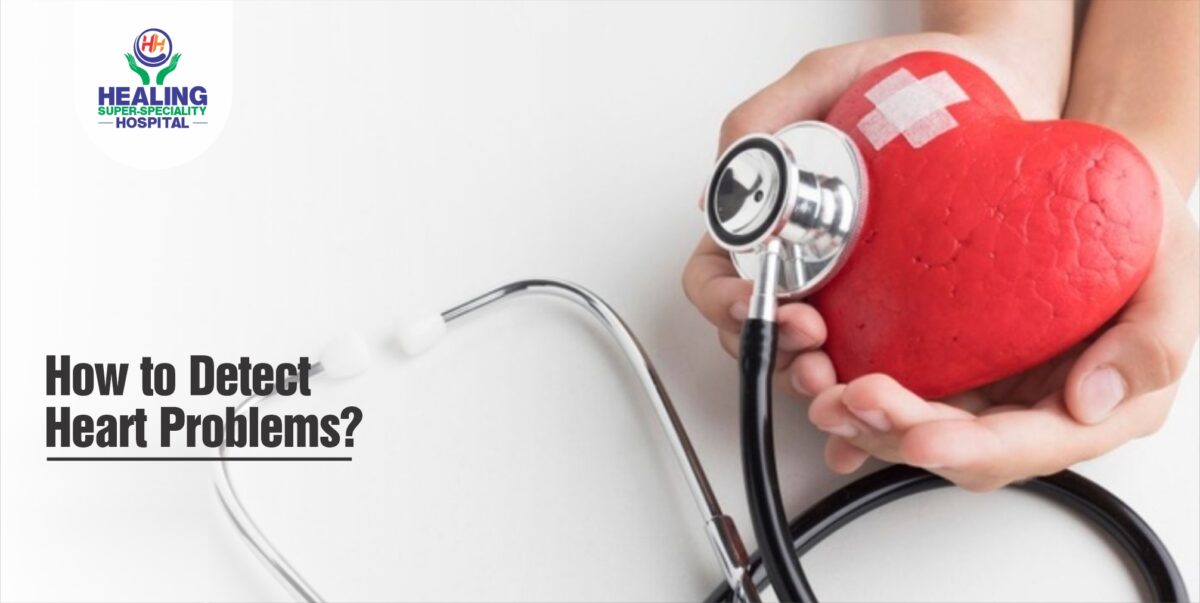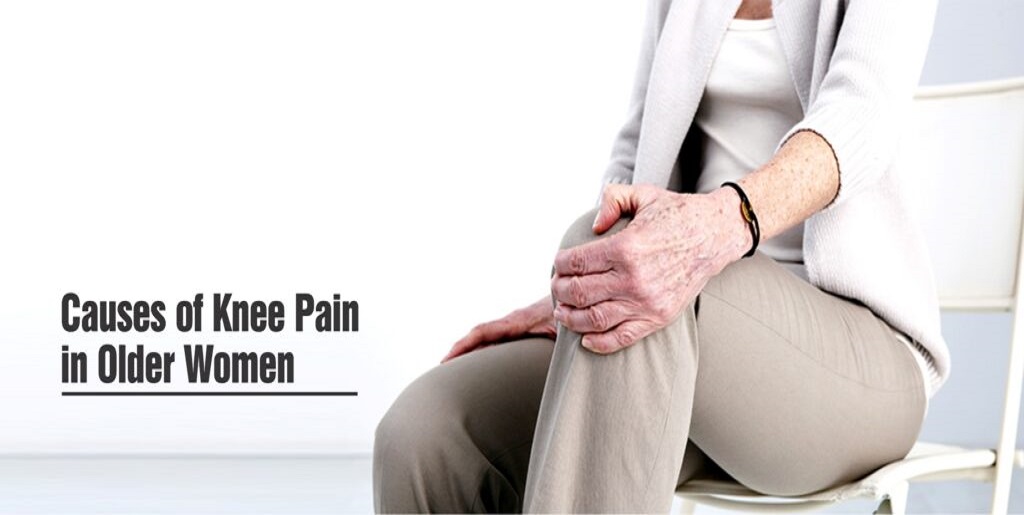Piles or haemorrhoids are swollen veins or inflamed tissues inside or outside the anus and the rectum. These can be painful and uncomfortable depending on the type and scale of it. Haemorrhoids are very common and it becomes more common as you age.
Contents: 1.Types of Haemorrhoids 2.How can you prevent Haemorrhoids? 3.Symptoms of Haemorrhoids 4.Home Remedies for Haemorrhoids 5.Haemorrhoids Treatment in Hospital |
Types of Haemorrhoids
- External Haemorrhoids: External Haemorrhoids happen when swollen veins develop underneath the skin around the anus. Although not dangerous, external haemorrhoids can be itchy, painful and very uncomfortable. Sometimes they can bleed too.
- Internal Haemorrhoids: When swollen veins form inside the rectum, it is called internal haemorrhoids. They may bleed but usually aren’t very painful.
- Prolapsed Haemorrhoids: When haemorrhoids expand and drive out of the anus, it is called prolapsed haemorrhoids. These haemorrhoids can bleed and cause a lot of pain.
Also, Haemorrhoids can be graded on a scale from 1 to 4. Grades 3 or 4 may require surgery.
Also Read: https://healinghospital.co.in/piles-symptoms-causes-and-treatment-by-specialist-in-chandigarh/

How can you prevent Haemorrhoids?
Before talking about prevention, let us first talk about people who are more prone to getting piles. People who are obese, pregnant, have chronic constipation or diarrhoea, eat a low-fibre diet, regularly lift heavy objects, strain excessively while having bowel movement are at higher risk of getting piles.
Of the above, some can be prevented and some can be not. The following things can be done to prevent piles as far as possible:
- Drink plenty of water
- Don’t push too hard while sitting on the toilet
- Stay physically active
- Eat fibre-rich foods
- Do not delay bowel movements
Symptoms of Haemorrhoids
Although there are hardly any symptoms of internal haemorrhoids, one may sometimes find blood in their stool. People hardly know about internal haemorrhoids because of lack of symptoms until it prolapses.
Talking about the signs of external haemorrhoids, people usually experience the following:
- Pain the anus especially when you sit
- Pain during passing stool
- A feeling of bowels being full even after passing stool
- Itchy, sore and red area around the anus
- Signs of rectal bleeding
- A hard painful lump containing coagulated blood around the anus
- Slimy mucus after wiping the bottom or on the underwear
Must Read: https://healinghospital.co.in/advanced-laser-treatment-for-piles-in-chandigarh-no-fear-of-stitches/

Home Remedies for Haemorrhoids
- Apply natural Aloe Vera gel or any prescribed over-the-counter medications/ointments which may contain lidocaine, witch hazel or hydrocortisone to the affected area
- Drink plenty of water
- Sit in a warm bath
- Wear loose cotton clothes
- Eat fibre-rich foods
- Apply ice-pack
- Take laxatives for softening the stool
Haemorrhoids Treatment in Hospital
If there is no improvement in the situation by all the above-mentioned home remedies even after a week, you may need to visit the hospital. Your doctor may diagnose the problem through physical examination or tests such as Digital Rectal Exam, Anoscopy, Sigmoidoscopy, and colonoscopy.
After the diagnosis, your doctor will start with the treatment procedures which can be minimally invasive or surgical depending on the scale of the haemorrhoids.
Minimally invasive procedures include:
- Rubber band litigation: In this process, the doctor places one or more small rubber bands around the base of an internal haemorrhoid to cut off its circulation. After the procedure is completed, the haemorrhoid withers and falls off within a week.
- Sclerotherapy: This is a procedure in which the doctor injects a chemical solution into the haemorrhoid tissue to shrink it. This procedure may prove to be less effective and also less painful than rubber band litigation.
- Electrocoagulation: This method uses an electric current to stop blood flow to the haemorrhoid tissue.
- Infrared coagulation: In this process, a small probe is inserted into the rectum which transmits heat to get rid of the haemorrhoid tissue.
Looking for the best piles hospital in Chandigarh? Here is all you need to know: https://healinghospital.co.in/general-surgery/
Surgical treatments include:
- Haemorrhoidectomy: Haemorrhoidectomy is the process of the removal of the haemorrhoid tissues that cause bleeding. It is considered as one of the most effective and ways to treat severe haemorrhoids. Sometimes people do feel pain and ache after the procedure but medications and warm baths can help in relieving the pain.
- Haemorrhoid stapling: Also called stapled haemorrhoidopexy, this process helps in treating internal and prolapsed haemorrhoids. In this procedure, a surgical staple cuts off the blood supply to the haemorrhoid tissue so that it shrinks and reabsorbs. In case of prolapsed haemorrhoids, the surgical fixes the prolapsed haemorrhoid back into place inside the rectum.
- Laser Treatment: One of the best treatments for haemorrhoids is Laser treatment. In this kind of treatment, no tissues need to be cut and the condition is treated only with the use of laser energy. As there are no cuts and stitches involved, this can be called a no pain surgery. Through laser treatment, the surgeon can focus only on the tissues that need to be treated, leaving the healthy tissues untouched and undisturbed.
Also read: https://healinghospital.co.in/advantages-and-disadvantages-of-laser-piles-treatment/









